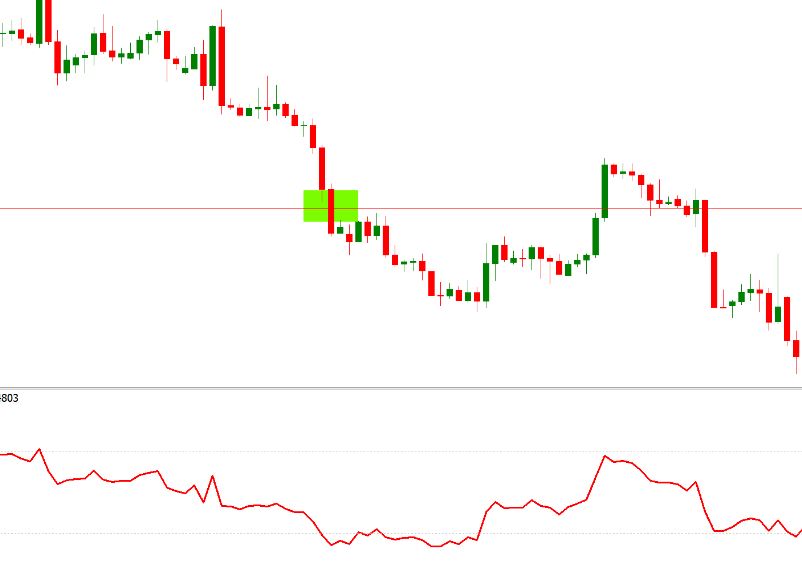Investing in the stock market can feel like navigating a roller coaster ride. One moment, everything is going up; the next, it’s all coming down. So how do some investors manage to stay ahead, even when the markets are volatile? The answer lies in a strategy called sector rotation.
Introduction
Imagine you’re driving through a mountainous region. Sometimes the road is smooth and easy, but other times it’s steep and challenging. To get through safely, you need to adjust your speed and gear accordingly. This is similar to sector rotation in investing—adjusting your portfolio to navigate through different economic conditions.

What is Sector Rotation?
Sector rotation involves shifting investments among different sectors of the economy to capitalize on the changing performance of these sectors throughout the economic cycle. Instead of putting all your eggs in one basket, you spread them out, and move them around based on where you expect the best returns.
Why Sector Rotation Matters
In a volatile market, some sectors will always perform better than others. By recognizing these shifts and rotating your investments accordingly, you can potentially increase your returns and minimize risks. It’s like being a surfer who rides the wave of the best-performing sectors while avoiding the rough waters of the underperforming ones.
How Sector Rotation Works
Sector rotation typically involves moving funds from one sector to another based on economic indicators, trends, and market signals. For instance, during economic expansion, consumer discretionary and technology sectors often thrive. Conversely, during a downturn, sectors like utilities and consumer staples may perform better due to their stability.
Economic Cycles and Sectors
Economic cycles can be divided into four main phases: expansion, peak, contraction, and trough. Each phase affects various sectors differently:
Expansion: Characterized by growth, higher consumer spending, and increased business investments. Sectors like technology, industrials, and consumer discretionary often do well.
Peak: The economy is at its highest, and growth starts to slow down. Investors might start moving towards sectors that can still provide returns, like healthcare and utilities.
Contraction: Economic growth slows, unemployment rises, and spending decreases. Defensive sectors such as utilities, healthcare, and consumer staples become more attractive.
Trough: The economy hits the bottom and starts to recover. Financials and cyclicals might begin to pick up as confidence returns.
Strategies for Sector Rotation
Fundamental Analysis
Using economic indicators, company performance reports, and industry trends to predict which sectors will perform best.
Technical Analysis
Looking at historical price patterns, trading volumes, and other market data to forecast sector movements.
Diversification
Spreading investments across multiple sectors to mitigate risk and capture gains from various parts of the economy.
Real-World Examples
The Tech Boom
During the late 1990s, technology stocks were booming. Investors who rotated into the tech sector saw substantial gains.
The Financial Crisis
In 2008, as the financial sector crashed, those who rotated into more stable sectors like healthcare and consumer staples fared better.
Risks and Rewards
Sector rotation can be highly rewarding but also comes with risks. The rewards include higher returns and reduced risk through diversification. However, it requires accurate timing and analysis, which can be challenging. Mistimed moves can lead to losses.

Tools and Resources
Economic Calendars
Track key economic indicators and events that can impact different sectors.
Sector ETFs
Exchange-traded funds (ETFs) that focus on specific sectors, making it easier to rotate investments.
Financial News
Stay updated with financial news to understand market trends and sector performance.
Conclusion
In conclusion, sector rotation is a powerful strategy for staying ahead in volatile markets. By understanding economic cycles and shifting investments accordingly, you can potentially maximize returns and minimize risks. Like a skilled driver navigating through a mountainous region, mastering sector rotation can help you ride the waves of the market more smoothly.
FAQs
What is sector rotation?
Sector rotation is an investment strategy that involves moving funds between different sectors of the economy to capitalize on the changing performance of these sectors throughout the economic cycle.
Why is sector rotation important?
Sector rotation is important because it allows investors to maximize returns and minimize risks by capitalizing on the performance of different sectors during various economic phases.
How do economic cycles affect sector rotation?
Economic cycles affect sector rotation by influencing which sectors perform well at different times. For example, technology and consumer discretionary sectors might do well during expansion, while utilities and consumer staples might perform better during contraction.
What are some strategies for sector rotation?
Strategies for sector rotation include fundamental analysis, technical analysis, and diversification. These approaches help investors predict sector performance and make informed decisions.
What are the risks of sector rotation?
The risks of sector rotation include mistiming moves, which can lead to losses. It requires accurate timing and analysis, which can be challenging. However, with the right tools and knowledge, it can be a highly rewarding strategy. By mastering sector rotation, you can better navigate the ups and downs of the market, making informed decisions that align with your investment goals and risk tolerance.


